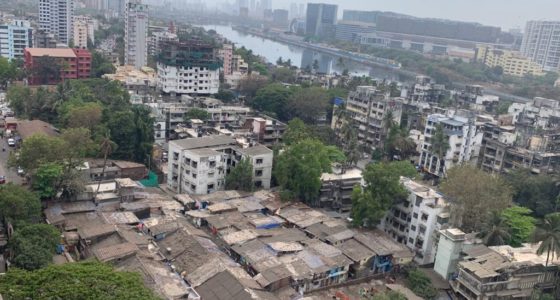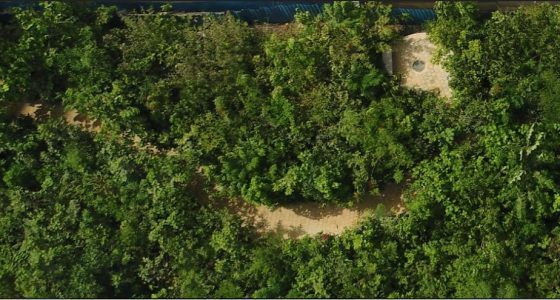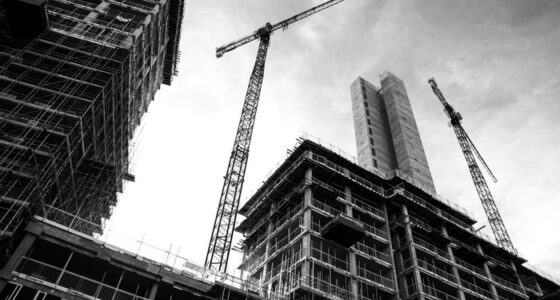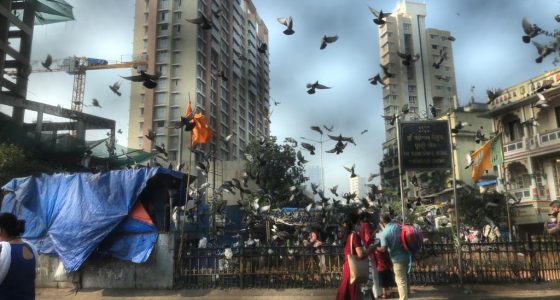By Manju Yagnik, Vice-Chairperson Nahar Group, Sr. VP NAREDCO
Sustainability, in the real estate context, involves not only energy reduction but also resource utilization, influence on the surrounding environment, and living conditions for residents. Green buildings include sustainable elements such as efficient water and energy usage, the use of renewable energy and recycled/recyclable materials, effective landscape utilization, and building management systems. Green housing reduces waste while also providing a better living environment.
Environmentally conscious and resource-efficient buildings are becoming an essential component of the construction industry’s future. Developers, end users, and the government have recognized its relevance and are rapidly embracing it. Many buyers are paying attention to green homes and sustainable structures because they recognize the benefits of green properties, cost savings, and healthy living.
India’s expanding housing industry is one of the country’s largest producers of carbon emissions, accounting for 22% of total yearly carbon emissions. Buildings account for up to 40% of overall energy consumption in India, with residential real estate accounting for more than 60% of that figure. As a result, moving toward sustainable goals for residential developments is essential.
Adopting measures that promote long-term sustainability is now more vital than ever. Many businesses in the real estate industry have adopted and implemented this concept. Green real estate initiatives have the potential to address a wide range of national issues, including energy and water conservation. As a result, many urban developers are taking steps early in the design process to ensure that all developments give the most to nature while having the least impact on it.
Green architecture can have an impact not just on the future but also on our current lives. While green building architecture requires a bigger initial investment, it gives long-term health and financial benefits to all stakeholders. According to a CBRE South Asia analysis, India’s top six cities — NCR, Mumbai, Pune, Hyderabad, Bengaluru, and Chennai — have seen a 31% increase in green real estate assets over the last decade.
People today are aware of efficient resources that can make a substantial contribution to long-term growth. Architects and developers have recognized this and are planning for it; for example, there is a preference for bricks built from sustainable materials and practices over traditional red bricks. Other ecologically friendly techniques in this industry could include recycling rubbish generated during building construction, renovation, and destruction. While we make every effort to avoid waste, prevention is practically impossible. This is an ongoing process, and one should continue to investigate environmentally beneficial methods for residential buildings. Real Estate intends to make a difference in the field of green architecture by adopting “environmentally friendly” buildings.
Without a doubt, the domestic real estate sector is gradually increasing its efforts toward sustainable construction techniques. However, there is still more to be desired. Given the recent climate change-related anomalies, the sector will need to make some concerted steps and lay out a clear plan to demonstrate its commitment to the environment.









